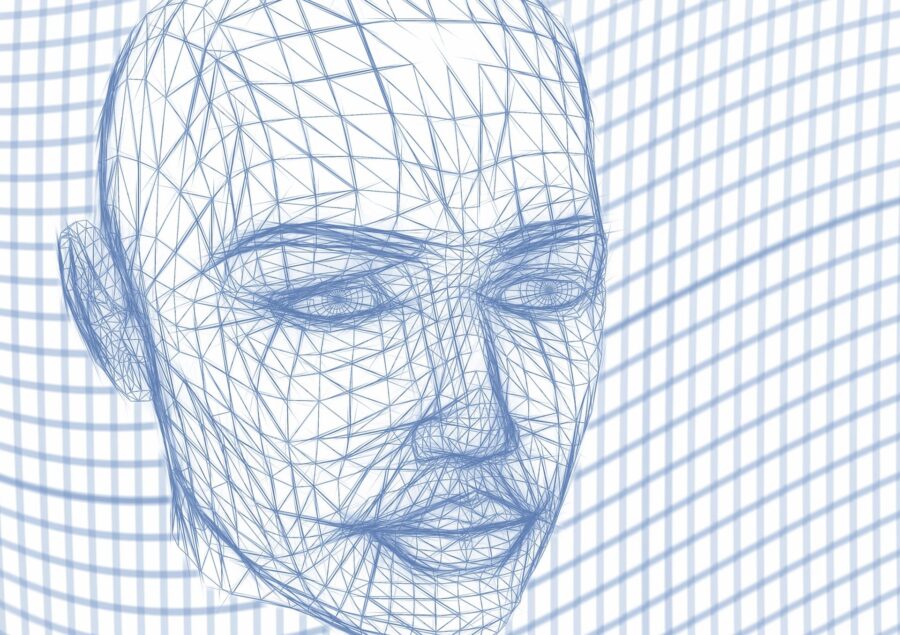New A.I. Tech Can Scan Your Brain And Manufacture Your Ideal Woman
Would you want to know what your ideal spouse’s face would look like?
This article is more than 2 years old

Do you know what your type is? Given the right circumstances, could you draw what the love of your life should look like? While we often think we know things about our own preferences, what if science could just tell you. What if an app could draw you a picture? What would we do if artificial intelligence could scan our brains and generate a “Wanted” poster to help in the search for your future spouse? While these scenarios sound like awkward science fiction romance movie descriptions, they’re questions we may soon need to ask. In a new study, researchers used artificial intelligence to learn what facial features people found attractive. They then generated a computer-designed face that includes those features. In the end, people overwhelmingly found the custom-designed faces to be the most attractive.
Let’s take a look at how this study was done. Researchers from the University of Helsinki and Copenhagen University worked together to compile 200,000 celebrity images. These were not well-known celebrities. The faces were chosen because they include a lot of facial features people tend to find attractive. For example, strong jawlines and blue eyes. The participants were not asked to rank anyone or disclose anything about their preferences. Understanding this, you may assume that brain scans can read particular reactions and see attraction clearly marked on a scan. However, that isn’t the case. Our understanding of physical attraction isn’t there yet. We don’t know what to look for.
Instead, the tests looked at P300 waves. These same waves are looked at in lie detector tests. They’re simply showing a response, not necessarily attraction. Looking at P300 waves is a wave to measure that a response is happening in response to stimuli. Before the study, there was a question about whether that would be enough to read attraction on these EEG brain scans. So what the study looked at, ultimately, was how much brain activity happened in response to different pictures.

The researchers asked the participants to concentrate on the faces they found attractive. The machine would take in data on responses in the brain. Then, the algorithm worked to figure out what the pictures people responded to most had in common. With machine learning technology, the program was then able to generate custom-designed photos of people who do not exist. They would put those photos in with others. In the end, researchers discovered that participants found the custom-generated photos to be the most attractive because the participants had the strongest reactions to them.
So what do we use that technology for? Possibly a lot of different things. Information from this study could be used to research P300 waves and responses to stimuli other than attractive people. Dating app companies could use this information to narrow down who you’d find attractive and serve up the most relevant profiles. Of course, that suggestion is often considered a little dystopian and shallow, in the sense that physical attraction isn’t the only factor in a match. It’s also been suggested that dating apps want you to stay single so you continue using them. In that case, they may not find this technology useful. It would also be used in scenarios as we saw in the movie Lars and the Real Girl or the Image Comics series Alex + Ada.
Alternatively, this information could also be used to determine what most people found attractive. Not just what they think they find attractive, but truly did. With that information, movie studios could only hire talent that matched the exact findings. Or, they could generate CGI faces that matched their target demographics. The more we think about the possibilities with new technology, the wider the reach goes.

As is the case with a lot of new findings in artificial intelligence, it’s hard to know whether these findings are upbeat or cynical. Is it shallow? Or realistic? While those are great questions about what we might use this information for, one thing we can say at this point is that even in cases where we don’t understand how something like attraction works, artificial intelligence is helping us find new ways to understand the brain. There’s no telling what that might lead to. Perhaps that also sounds a little ominous. That may just be par for the course for scientists. Everything sounds like it could lead to Jurassic Park level terrors. Even so, the wide-open possibilities for new discoveries means science isn’t stopping any time soon.











